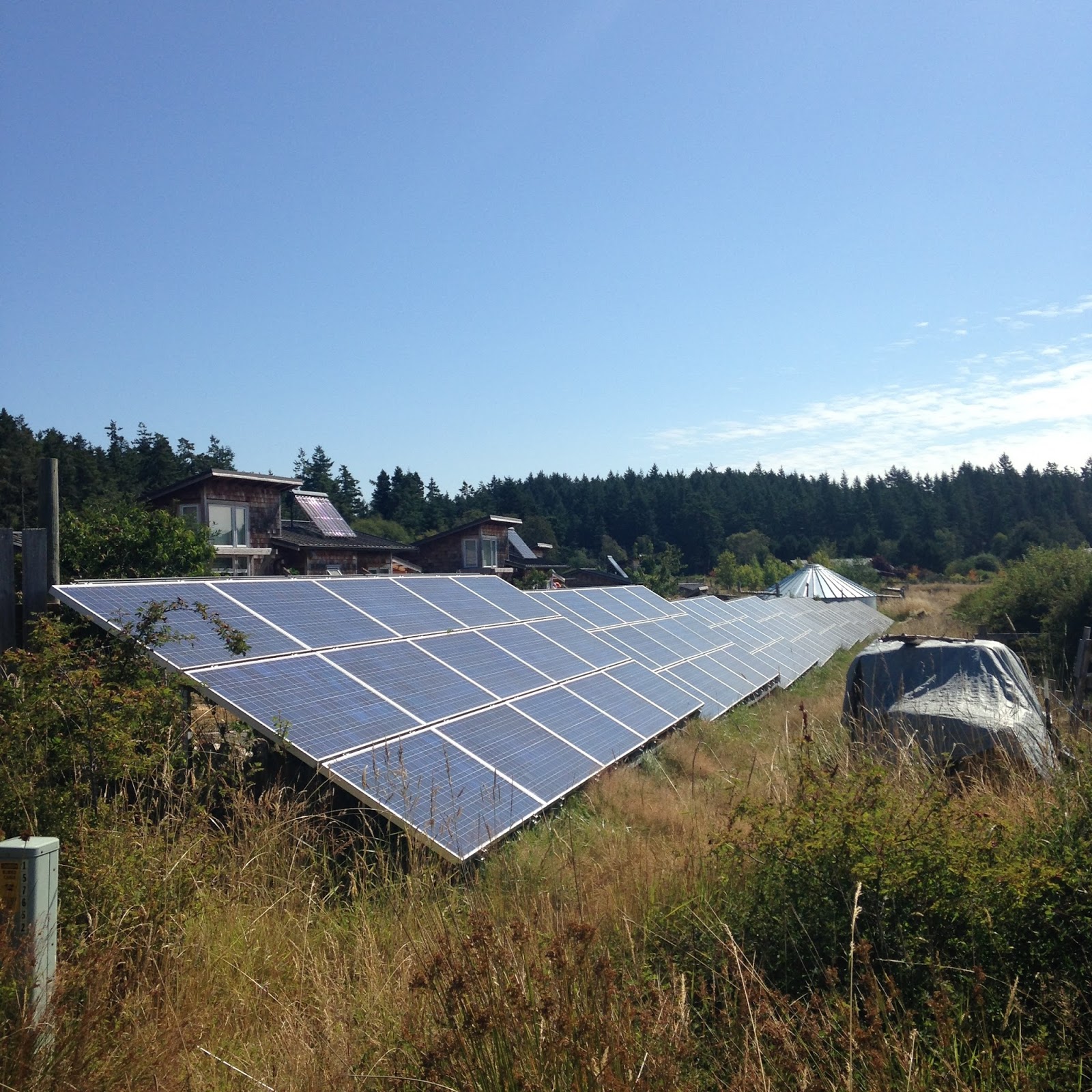
These people I’ve been surrounded by this past summer have taught me to believe in my goals for the future (“How’re you gonna have a dream come true if you don’t have a dream?” my farmer Doug likes to say); they’ve taught me to better articulate my current research aims; to build relationships with people of all ages; to appreciate and learn from natural beauty; to communicate well; and to express gratitude openly.
During the months of June and July, and for a week in August, I’ve been working on a small organic vegetable farm on Lopez Island, off the coast of Washington State.
Lopez is a small island of about 2,500 permanent residents, and its 29.5 square miles are predominantly agricultural. It is known for farming and for the “Lopez Wave” exchanged between passing motorists. For someone studying sustainable agriculture and farm-to-school programs, Lopez is an ideal place to spend a few months sans textbooks and problem sets — immersed in the farming lifestyle.
I developed many concrete skills while living and working on Lopez: how to drive a tractor and backhoe, how to set up drip irrigation systems, how to use an array of different weeding tools, how to properly maintain compost piles, and how to water different types of plants. I also gained conceptual knowledge I’d been lacking: how many gallons of water are required for 3 acres of veggies per day using drip vs. sprinkler systems (about 10 times less); how to attract native pollinators; best practices for rebuilding soil health and promoting soil carbon storage; the economics of small farms; and the benefits of growing many varieties of each plant (we grew 13 varieties of lettuce and over 20 heirloom varieties of tomatoes).
I worked at the Sweetbriar Farm 3 days a week, walking the fields alongside Doug each morning at 7 am as we made a work plan for the day, and cooking meals with Tamara most evenings. We planted over 5,000 row-feet of veggies while I was there. I worked at the Lopez School 2 days a week, helping the garden managers run the farm to school program in the summer months while students are out of school. The kids do a lot of work on the ½ acre farm and orchard during the school year, planting, weeding and harvesting over 6,000 lbs of produce, which goes straight into their cafeteria lunches. During the summer months, Suzanne and Valeri keep up the good work with help from occasional interns.
In addition to harvesting and planting for the fall, we fixed the irrigation system, built new planting areas, and put up lots of food in the kitchen, preserving for the school year food items like pesto, veggie roasts, hot pepper relish, raspberries, and tomato sauce.
Aside from these “hard” skills gained from working with my hands, I found my two months on Lopez most transformative because of the softer skills I developed from working in such a sustainable, waste-water-and-energy conscious, close-knit community.
The people I met were very open to conversation about whatever it was that they did on Lopez, and with most people it was at least 4 different things. Someone might volunteer at The Dump (the award-winning recycling facility on the island), teach at the school, run a B&B, and sell their copper crafts at the Farmer’s Market each weekend. Or they may operate a goat dairy, play the fiddle at island square dances, keep bees, and write for the island blog, Project 468.
ERG alumni Chris and Chom Greacen, part of the Lopez community, travel regularly to Southeast Asia, collect signatures for the WA 732 Initiative to institute a carbon tax in WA state, maintain a thriving home garden, raise 2 kids, live in a (soon to be certified) net zero energy home, and when I arrived were eating a 100% local Lopez diet.

A union of the “soft” and “hard” skill sets of Lopez came out in my running friend Diana’s statement that summarizes the attitude of many Lopezians: “I like to move my body in nature and experience this feeding of my soul.”
Aldo Leopold, too, articulated a mental and physical union of sorts in his concept of a “land ethic.” By combining actions and beliefs into an environmental lifestyle, a healthier, more resilient world is possible. By following the Lopez example of working with the land rather than against it, in combination with a thriving sense of civic engagement and community wellbeing, a more sustainable, environmentally restorative food system results.


